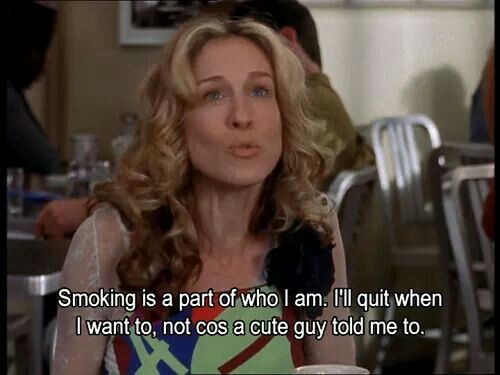‘Posthuman theory asks in various ways what it means to be human in a time where philosophy has become suspicious of claims about human subjectivity. Those subjects who were historically considered aberrant and our future lives becoming increasingly hybrid show we have always been and are continuously transforming into posthumans’. (Patricia MacCormack 2012, Pg.8).
During August I experienced the New Romance: Art And The Posthuman exhibition held at the MCA. The display culminated the work of artists from Australia and Korea which prompted it’s audience to scrutinise what it is to be human, visualising ideas of the future and the disembodiment of humanity as we decimate the equilibrium of natural and artificial – the ‘Posthuman’.
Curated within the collection was a short duel-screen film by artists Moon Kyungwon and Jeon Joonho ‘El Fin Del Mundo’ (The End Of The World) projecting a post-apocalyptic future in which most of the world is submerged in water and majority of human civilisation is extinct. Divided into two screens, the film recounts a male artist pre-tense and a descendent hybrid-woman post-apocalypse, in a way which probes the societal function and duty of contemporary art now and within the future.
Harboured from the issue of climate change, both artists existentially question the purpose of making art in a world that could be destroyed by climate change.
Situated late in the 21st century, this possible seemingly nihilistic future spawns a societal alternative where a handful of corporations gather survivors together, screen them for “citizenship” and bestow upon them the benefits of cultivation for the price of labour. Conflict erupts amongst the companies over the acquisition of hegemonic jurisdiction of the posthuman world as all societal values and order were abandoned with modern humanity above the water.
In one screen, the male protagonist is poetically depicted ignoring the apocalyptic catastrophe through the practice of his sculptural oeuvre, trinketing with materials sentimental to the modern human. Beside him, the austere visual follows the narrative of a posthuman woman, dressed in a hybrid of technology and clothing, colliding with the relics of the man that transcended both time and space. As the film progresses, the woman becomes sensitised to the aesthetic materiality of seemingly superfluous objects, as she attempts rationalise the art of the decedent.
Aided with conceptual, supposedly clinical futuristic technology, the hybrid-descendant lacks a sense of human empathy, evident in her ignorance and sheer rationality when analysing the found objects. The cultural values and duties of the modern human were extinguished as a result of the apocalypse, eradicating an objects sentimental ability to emulate such morals.
‘Art’s capacity for fabulation and expression impossible in and not identically transferable to the real world is why we love art. Art should represent what is unrepresentable, bearing witness to the unspeakable that is in excess of language’. (Patricia MacCormack, 2012, pg. 46)
The future proposed by both artists forced me to question the defining qualities of humanity and post-humanity, comprehending that it is what we value that defines us as human.
Stills from the short film:
References:
Kyungwon, M. Joonho, J. 2012, El Fin Del Mundo, Museum of Contemporary Art, Sydney.
MacCormack, P 2012, Posthuman Ethics : Embodiment and Cultural Theory, Routledge, Abingdon, GB. Available from: ProQuest ebrary. [26 October 2016].
Davis, A. 2016, ‘Curator Anna Davis on Moon Kyungwon and Jeon Joonho’, Museum Of Contemporary Art Australia, viewed 26/10/2016 < https://www.mca.com.au/discover-new-romance/moon-kyungwon-jeon-joonho/>
Image Reference:
Kyungwon, M. Joonho, J. 2012, El Fin Del Mundo, Museum of Contemporary Art, viewed 26/10/2016 <https://www.mca.com.au/discover-new-romance/moon-kyungwon-jeon-joonho/>
Kyungwon, M. Joonho, J. 2012, El Fin Del Mundo, Universes in Universe, viewed 26/10/2016 <http://u-in-u.com/documenta/2012/photo-tour/documenta-halle/09-moon-jeon/>













